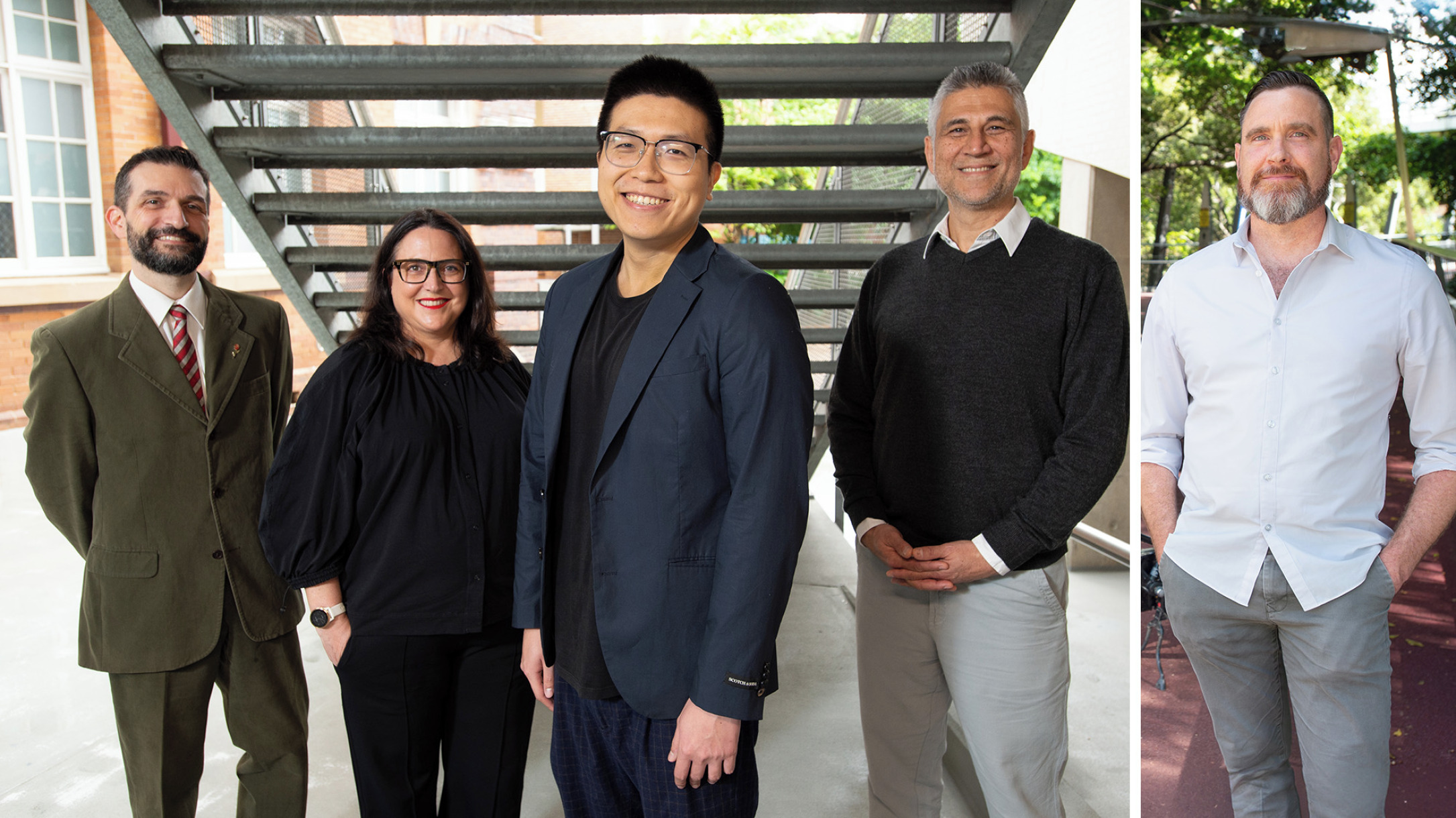Queensland University of Technology (QUT) researchers have found that ambiguous infrastructure planning codes can lead to new-build housing with poor thermal performance that is not ready to cope with a changing climate.
Feeling the heat
PhD student YiSong Liu led the study with support from several of the university’s professors. Liu says the team conducted a qualitative analysis using semi-structured interviews with built environment professionals who have worked in Brisbane.
“The aim of the research was to identify key challenges and provide recommendations for the operationalisation of urban climate responses in future development,” Liu says.
“While the aim of urban densification is to enhance efficiency and house more residents and businesses close to existing community resources, it can sometimes lead to microclimate issues.
“If a development is done incorrectly, it can lead to diminished thermal and wind comfort, such as hotspots from heat absorbed by buildings and stronger gusts channelled through narrow streets, which affect pedestrian comfort.
“Scientific evidence of these sort of impacts has existed for decades but is rarely accounted for in developmental practices.”
The big disconnect
Liu says there are a number of challenges to overcome.
“Ambiguous planning codes and guidelines have created a disconnect between public expectations and the capacity of planning systems to evolve rapidly,” he says.
“While there is a high level of personal awareness among professionals about urban climate issues, that awareness is not consistently reflected in clients’ understanding. There is definitely a knowledge gap on microclimate effects.”
You get what you pay for
Liu says the imperative to finish projects sooner and more cheaply can adversely affect their thermal performance in the long term.
“There has been a short-term focus on immediate economic benefits and political agendas, where market-driven development processes have prioritised cost-saving and tight industry deadlines,” Liu says.
“But also, there is a general lack of microclimate modelling skill, data accuracy and data availability, and a lack of robust technical methods in early design stages that must be overcome.”
Liu says the research team has produced several recommendations in response to the research interviews.
“We identified the need to improve awareness through education and exemplar projects, and to develop detailed regulations that balance climate responsiveness with market feasibility,” he says.
“Also, enhancing technical competency among professionals by improving data accessibility and providing accurate modelling tools would be an important step forward.”
“Raising public awareness on the importance of incorporating climate-sensitive practices in urban planning and design is a major factor in making a positive change for the better.”
 Nick Johns-Wickberg
Nick Johns-Wickberg


Leave a Reply